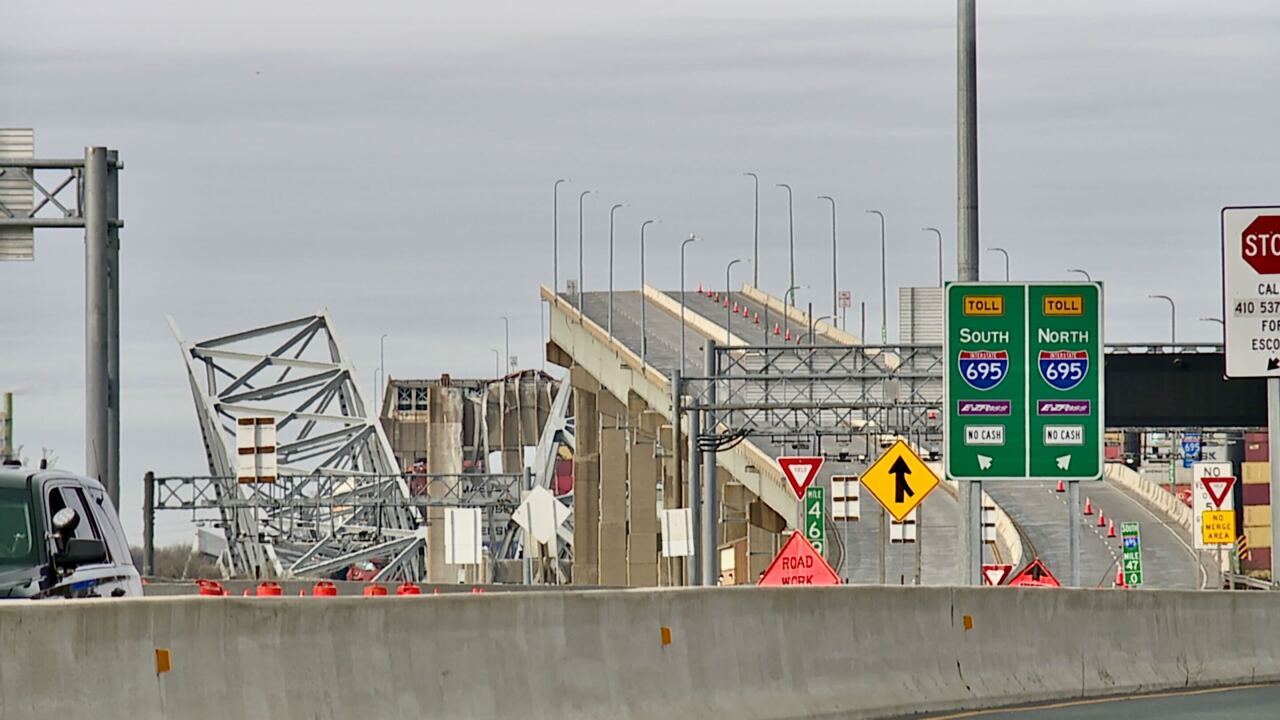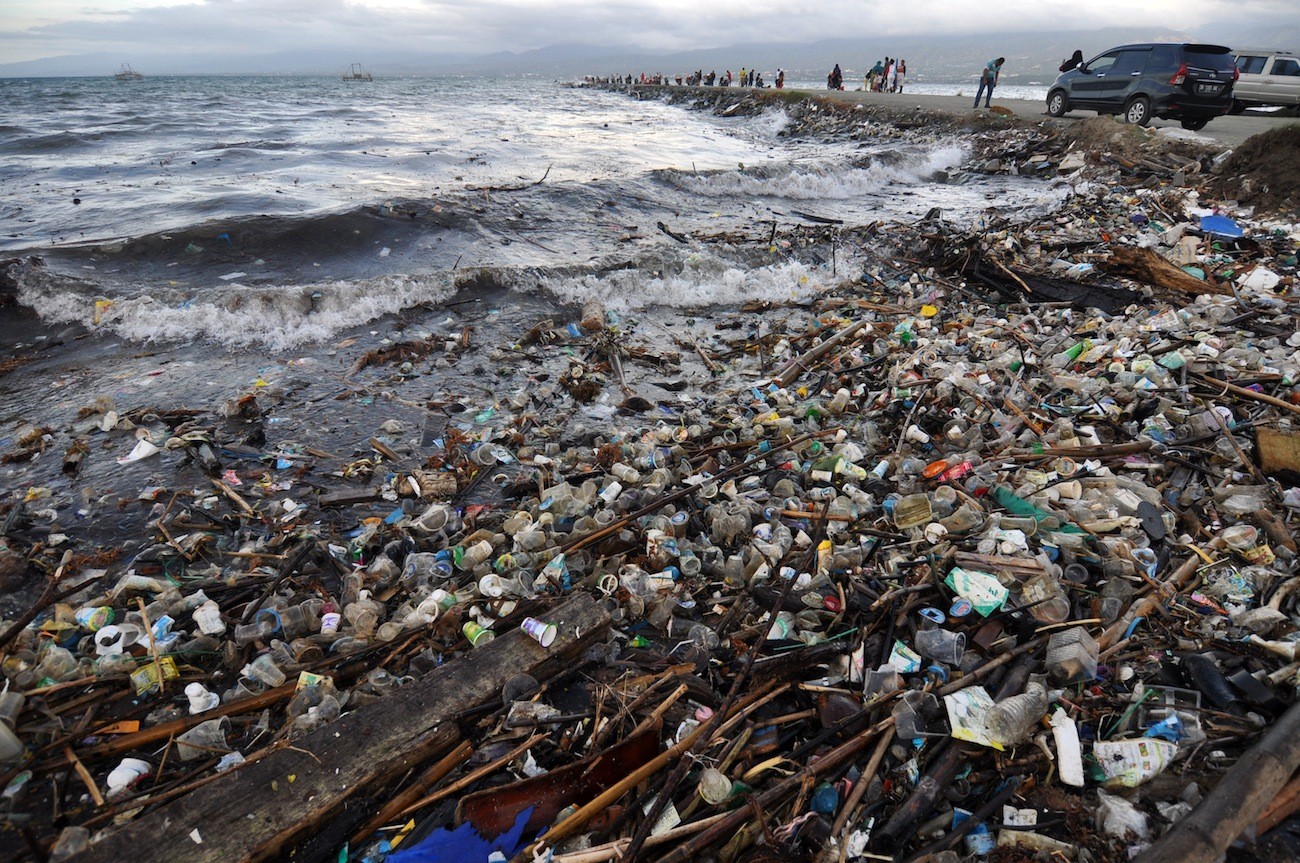In the arid landscapes of Kenya's drylands, the conversation
around irrigation investments is gaining momentum. The allure of transforming
desert expanses into fertile grounds for agriculture is undeniable. Yet, amidst
this enthusiasm, a crucial consideration emerges: the scale and nature of
irrigation projects can make or break the delicate balance of pastoral
livelihoods that have long thrived in these regions.
The prevalent discourse tends to lean towards large-scale
irrigation schemes, characterized by ambitious dam constructions and geared
towards commercial agricultural endeavors. However, history offers a cautionary
tale against such ventures. The legacy of failed large-scale irrigation
projects from the colonial era looms large, underscoring their misalignment
with the socio-ecological dynamics of dryland areas.
At the heart of this debate lies the contrast between two
divergent approaches: the first, centered on grandiose infrastructural
undertakings, and the second, advocating for the integration of small-scale
irrigation systems within pastoral economies. The former, despite initial
promises, often proves unsustainable in the long run, burdened by exorbitant
costs and an inability to adapt to climate variability inherent in these
regions.
Large-scale irrigation projects, reliant on predictable
water flows, clash with the inherent resilience of pastoralism, which thrives
on mobility and adaptive resource management. Pastoralists, accustomed to
navigating climatic uncertainties, find themselves ill-suited to the rigid
demands of fixed agricultural endeavors. Moreover, the opportunity costs of
commandeering land and water for irrigation are steep, potentially jeopardizing
the intricate web of natural resources essential for pastoral survival.
In stark contrast, small-scale irrigation emerges as a
beacon of hope, offering a viable alternative that complements rather than
undermines pastoral systems. These community-led initiatives, characterized by
their adaptability and integration within existing livelihood strategies,
present a more sustainable pathway forward. By harnessing local water resources
and embracing farmer-led management, small-scale irrigation projects seamlessly
blend with pastoralist lifestyles, enriching livelihood portfolios without
necessitating a wholesale shift away from traditional practices.
Crucially, the benefits extend beyond economic viability to
encompass environmental stewardship and social equity. Small-scale irrigation
fosters resilience, empowering pastoral communities to weather the impacts of
climate change while safeguarding the ecological integrity of their landscapes.
Moreover, by embracing inclusivity and gender empowerment, these initiatives
foster community cohesion and ensure equitable access to resources,
particularly for women who play a pivotal role in agricultural production.
As policymakers deliberate on the future of irrigation
investments in Kenya's drylands, a paradigm shift is imperative. The failures
of large-scale schemes serve as cautionary tales, underscoring the need for a
more nuanced and contextually appropriate approach. By embracing the principles
of sustainability, flexibility, and community ownership inherent in small-scale
irrigation, Kenya can forge a path towards resilient pastoralism that thrives
amidst the challenges of a changing climate.
In essence, the journey towards sustainable development in
Kenya's drylands begins with a recognition of the intrinsic value of
pastoralism and the vital role of small-scale irrigation in nurturing its
continued prosperity. By embracing this holistic vision, Kenya can chart a course
towards a future where vibrant pastoral economies coexist harmoniously with
thriving agricultural landscapes, ensuring prosperity for generations to come.










.jpg)